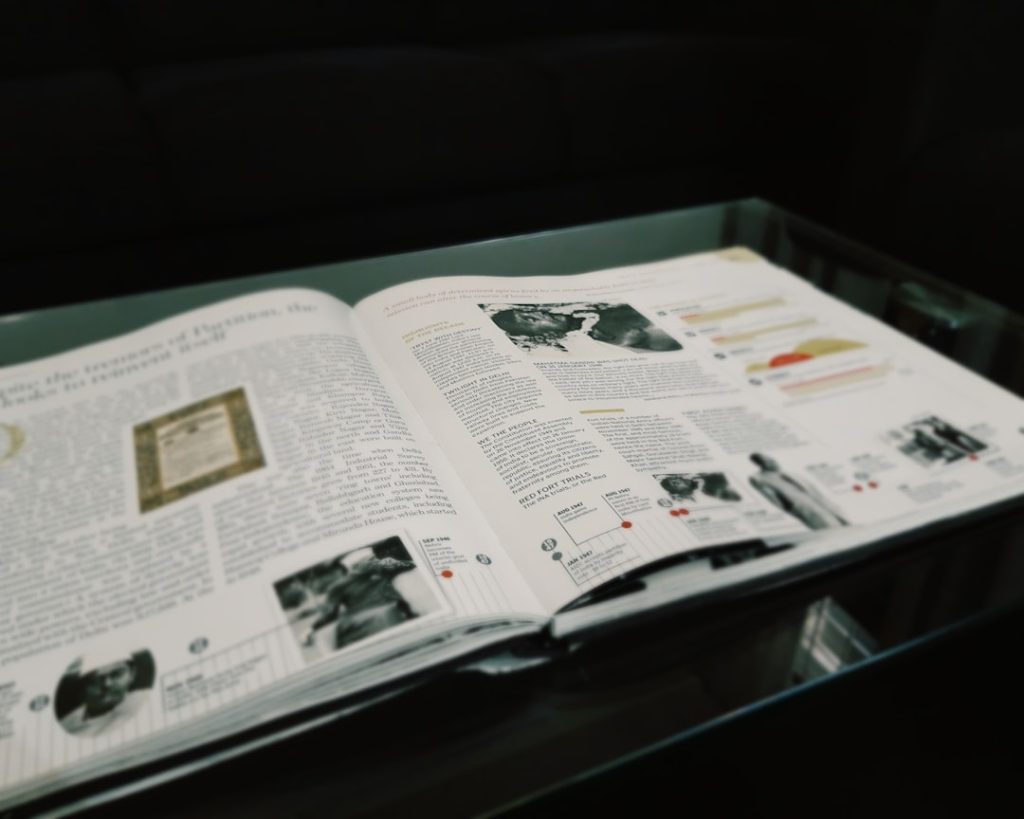In a world overflowing with information, newsletters serve as a beacon of clarity, guiding readers through the noise. But writing an engaging newsletter is more than just crafting a collection of articles; it’s an art form, a strategy, and, at times, a science. Whether you’re a business looking to engage your audience, a nonprofit aiming to rally support, or an individual sharing your passion, understanding the nuances of newsletter writing can set you apart.
The beauty of newsletters lies in their versatility. You can opt for a minimalist design with crisp text or a vibrant layout filled with images and colors that pop. The choice between luxury and affordability extends beyond the visual aspect; it influences your content strategy too. Luxury newsletters often offer exclusive content, interviews with industry leaders, or in-depth analyses, while budget-friendly options can provide value through insightful tips, curated lists, and community stories.
But how do you choose which path to take? Consider your audience. Are they seeking deep insights, or do they prefer quick reads? A successful newsletter must cater to its readers’ preferences. For those on a budget, DIY approaches can be particularly rewarding. Platforms like Mailchimp and Substack make it easy to design and distribute newsletters without breaking the bank. Plus, you have complete control over your content and design.
Now, let’s talk about unconventional uses of newsletters. They can be more than just a monthly recap or a promotional tool. Some entrepreneurs have turned newsletters into community hubs, featuring local events, profiles of neighborhood businesses, or even personal essays that resonate with their audience. This creates a sense of belonging, a connection that fosters loyalty and encourages readers to return.
One often overlooked aspect of newsletter writing is its psychological impact. Well-crafted newsletters can evoke emotions, drive action, and influence decisions. The words you choose, the stories you tell, and the visuals you use all play a crucial role in how your message is received. Engaging storytelling can inspire readers, making them feel part of something larger. Consider incorporating anecdotes or testimonials to create relatability and trust.
As the digital landscape evolves, so do the trends in newsletter writing. With an increasing emphasis on personalization, newsletters are becoming tailored experiences. By leveraging data analytics, you can gain insights into what your audience cares about most, allowing you to create targeted content that speaks directly to them. Imagine a newsletter that changes based on the reader’s previous interactions—now that’s next-level engagement!
Sustainability is also becoming a buzzword in the world of newsletters. Eco-friendly practices are now extending into digital spaces. Consider how you can minimize your carbon footprint. For instance, encouraging readers to unsubscribe if they no longer find value in your content can reduce waste. Plus, promoting green practices or local sustainability efforts in your newsletter not only aligns with this trend but also demonstrates your commitment to making a positive impact.
For those who are more comfortable with a conversational tone, infusing personality into your newsletter can make it feel like a friendly chat over coffee rather than a formal business communication. This approach can build rapport and keep your audience coming back for more. Remember, newsletters are a two-way street; invite feedback, encourage responses, and foster a sense of community.
In conclusion, newsletter writing is a multifaceted endeavor that goes beyond mere information sharing. It’s an opportunity to connect, inspire, and build a loyal audience. Whether you choose a luxurious, high-end approach or a more affordable, DIY method, the key is to remain authentic and resonate with your readers. By keeping an eye on emerging trends, understanding your audience’s needs, and embracing creativity, you can craft newsletters that not only inform but also enrich the lives of those who read them. So, grab your laptop, find your voice, and start creating newsletters that leave a lasting impression.

